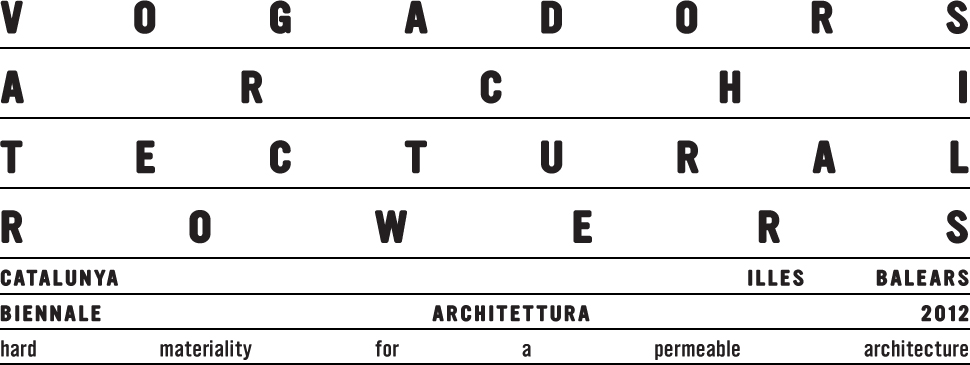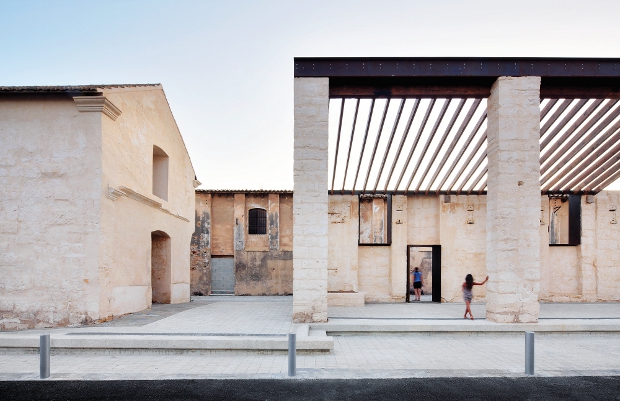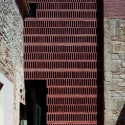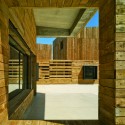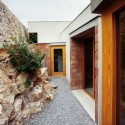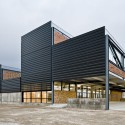ArchDaily Article | Venice Biennale 2012: Catalan and Balearic Islands Pavilion
Via: ArchDaily
This year’s Venice Biennale will kick off on August 29th and run through November 25th and for the first time, the Institut Ramon Llull will be presenting an exhibition dedicated to Catalan and Balearic architecture entitled “Vogadors”, featuring nine projects from nine different architects that epitomize the contemporary and avant-garde works from the regions. The exhibition is inspired by the Mediterranean Sea, which is the main geographical feature of the regions, and by the words of Jorge Oteiza, “He who forges ahead creating something new does so like an oarsman, moving forward but back-paddling, looking behind him, towards the past, towards what exists, so as to be able to reinvent its underpinnings.”
Follow us after the break to see the projects to be featured at the exhibit.
The goal of the collected works of the exhibition is to show that architecture is not a linear production: ” not solely the automatic response to a situation of economic crisis.” It is a cultural and aesthetic expression based in intellectual, technical and social tradition. It gains momentum from the past to link and develop solutions to contemporary problems. The projects selected for this exhibition are an expression of a “sober” architecture. Simple materials, intellectual and technical sophistication, strong social, ethical and cultural components, and traditional values develop into an architecture that finds a continuation between generations and can become timeless.
The guidelines by which these projects were selected were:
- Place and meaning: Architecture that is inspired by local values and that is closely related to its site.
- Ethics and proximity: Architecture developed in collaboration with the inhabitants with the goal of making it personalized and comfortable.
- Permeable Materiality: Architecture that is a built work, using materials that are natural and fundamental to building.
- Research and Criticism: Architecture that expresses the ability to experiment and innovate focused on the relationship between the material and people without intermediaries.
- Essence and Tradition: Architecture that emphasizes an economy and resources and shows restraint in formal approaches to emphasize experience, material and tradition.
